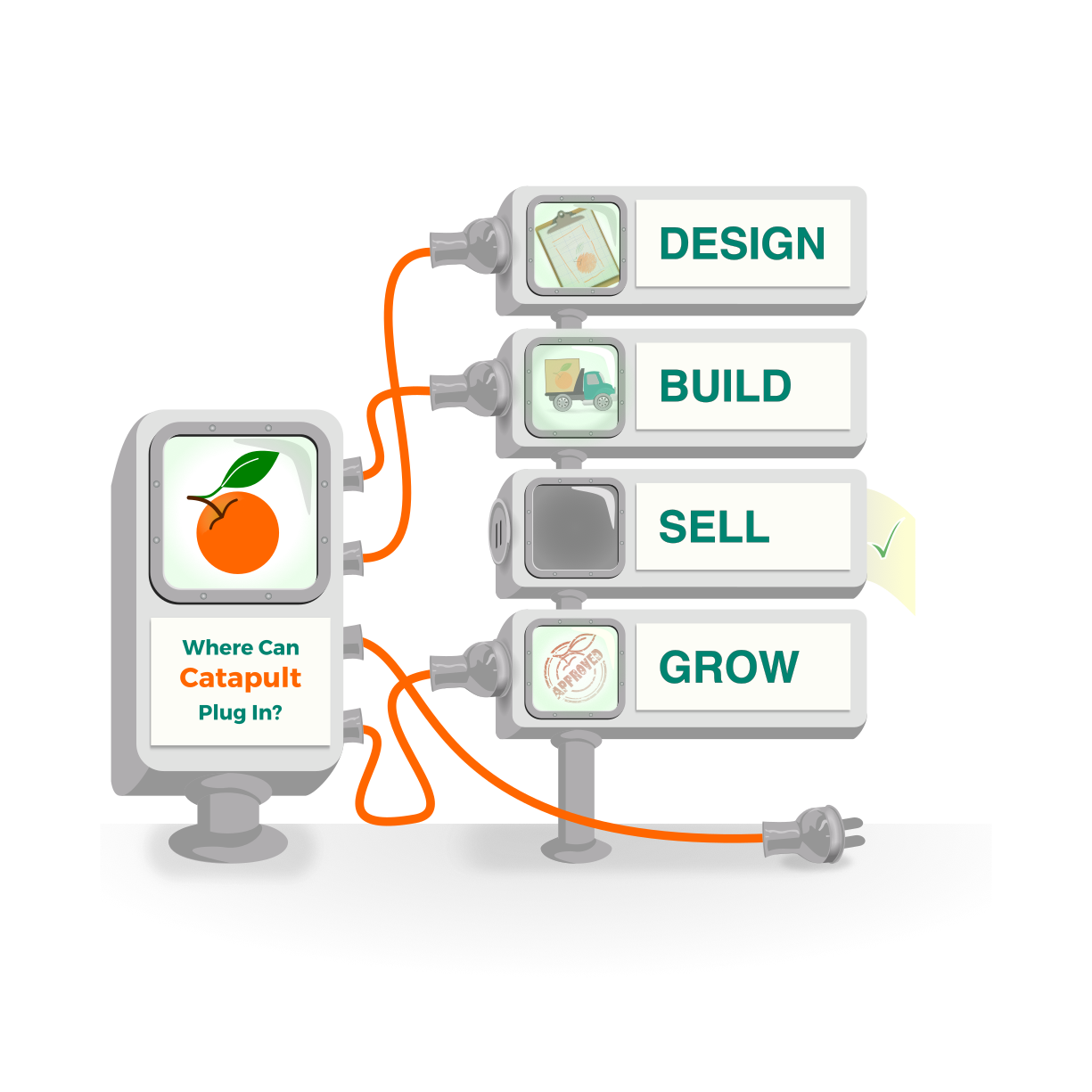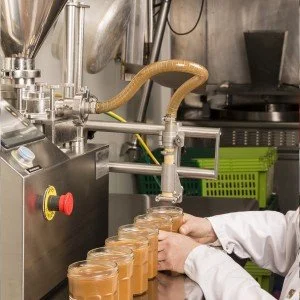Catapult Commercialization Services
Plug-In Support for Food And Beverage Commercialization
We embed experienced specialists into your team, where you need it, so you can launch products without adding headcount or slowing down.
Where We Plug In
Market Analysis
Product Development
Scale-Up
Manufacturing
Process Optimization
Operations
Supply Chain
Regulatory
Quality Assurance
We Plug In Wherever You Need Execution Support
From early-stage concepting to final delivery and scale-up, we embed experienced specialists exactly where you need them, whether that’s upstream in strategy or down in the weeds of manufacturing and ops.
Why Choose Catapult?
We partner with fast-growing food and beverage brands launching new products, reformulating, or managing growing operational complexity. These teams are capable but stretched so Catapult plugs in with senior, execution-ready support that works alongside your team.
Retailer trust, investor confidence, and brand credibility all hinge on flawless commercialization.
Senior-Level Expertise, Hands-On Execution
Our nationwide network of 90+ specialists brings 1,000+ years of combined food & beverage experience. Our senior leaders don’t just advise they roll up their sleeves to deliver results.
Breadth Across Every Category
Plant-based, functional, organic, or niche our category experts know how to navigate unique challenges and bring products to market successfully.
Right-Sized Resourcing
We act as your outsourced product development and operations team. From formulation and regulatory to supply chain, CapEx, and commercialization, we integrate seamlessly where you need us most - without increasing headcount.
Get to Know the People Behind the Projects
Our team is made up of seasoned operators: former heads of R&D, operations, commercialization, and QA. We’re the kind of people you’d hire if you had the budget and time. Here, you get them when you need them.
Trusted By Over 240 Food And Beverage Brands
We’ve helped 240+ food and beverage brands bring products to shelf ontime, on budget, and without adding headcount.
Ready to get started?
Contact us for a free 1:1 session with one of our senior specialists. We’ll review your challenge, identify where support is needed, and recommend a path forward, all in 30 minutes.













